Hemifacial Spasm
Home » Conditions » Hemifacial Spasm
What is a Hemifacial Spasm?
Hemifacial spasm is a nervous system disorder in which the muscles on one side of your face twitch involuntarily. It is most often caused by a blood vessel touching or pulsating against a facial nerve. It may also be caused by a facial nerve injury, or a tumor. Sometimes, there is no known cause.
Symptoms of Hemifacial spasm
Common symptoms of hemifacial spasms include twitching or contracting of face muscles that are usually:
- On one side of the face
- Uncontrollable
- Painless
These contractions often start in the eyelid, then may progress and affect the cheek and mouth on the same side of the face. Over the course of several months to a few years, these symptoms occur and recur almost constantly.
Occasionally, hemifacial spasms may occur on both sides of the face.
Learn more about your specific Hemifacial spasm symptoms, and how they can be treated at The Morrison Clinic™. Schedule an e-consult here.
What Triggers this Condition?
The pain from this condition may sometimes be triggered by:
- Moving your facial muscles
- Anxiety
- Stress
- Fatigue
Hemifacial Spasm Treatments
Non-surgical hemifacial spasm treatment options include:
- Botulinum injections. Your doctor may inject botulinum toxin (Botox) into the affected muscles, which temporarily paralyzes those muscles. This treatment is very effective in relieving symptoms in most people. You’ll need additional treatments every few months.
- Other medications. Medications, including anticonvulsant drugs, can relieve hemifacial spasm in some patients.
Surgical hemifacial spasm treatment:
- Microvascular Decompression is one of several types of surgery that can help relieve hemifacial spasms. This “gold standard” for treatment effectiveness involves making an opening in your skull and opening the covering of your brain (dura) to expose and address the offending facial nerve
Our expert South Florida neurosurgeon locates the blood vessel pressing on or irritating the facial nerve and puts a spongelike material between the nerve and blood vessel, removing the pressure on the nerve. This surgery often can relieve hemifacial spasm.
Schedule an e-consult with Dr. Morrison to discuss your hemifacial spasm treatment options today.
Microvascular Decompression Treatment for Hemifacial Spasms
The purpose of Microvascular Decompression treatment for hemifacial spasm is to relieve pressure from a pulsating vessel that is pressing against the facial nerve.
How Microvascular Decompression is performed, in simple terms
The procedure is done under general anesthesia. Hair behind the ear is shaved and a small part of bone over the affected area is removed. The nerve is identified and pieces of Teflon are placed between the nerve and the offending blood vessel(s). The small area of bone that was removed is then covered with a thin metal mesh to complete procedure.
Am I a candidate for Microvascular Decompression?
You may be a candidate for MVD if you have hemifacial spasms that are not well controlled with medication, and you desire minimal to no facial numbness that may be associated with alternative treatments such as percutaneous stereotactic radiofrequency rhizotomy (PSR) or glycerol injection.
Because MVD involves the use of general anesthesia and brain surgery, patients with other medical conditions or who are in poor health may not be candidates. MVD is not successful in treating facial pain caused by multiple sclerosis. Because of the low risk of hearing loss, MVD may not be suitable for patients who have pre-existing hearing loss in the opposite ear.
Hemifacial Spasm Prognosis
There is unfortunately no certain cure for hemifacial spasms. Quality of life, however, improves for many of our patientsm as symptoms dissipate or disappear altogether with treatment — especially those who choose MVD surgery.

